
Power Spot Tours: Japan’s Famous Temples and Shrines
Japan is a land steeped in spiritual history, and visiting its temples and shrines provides not only a glimpse into its past but also a chance to connect with the country's powerful energy spots, or "power spots." These sites, believed to emanate spiritual energy, have been cherished for centuries by those seeking health, success, and personal growth. From ancient temples in bustling cities to secluded shrines in forests, Japan’s power spots attract millions of visitors who come to experience their peaceful, healing atmospheres.
This guide highlights some of Japan’s most renowned temples and shrines known as power spots. Whether you’re interested in spiritual experiences, cultural history, or simply beautiful architecture, each location offers a unique atmosphere and a profound connection to Japan's heritage.
Contents
2. Ise Grand Shrine (Mie Prefecture)
3. Kinkaku-ji (Golden Pavilion, Kyoto)
4. Itsukushima Shrine (Miyajima, Hiroshima)
1. Meiji Shrine (Tokyo)
Meiji Shrine, located in the heart of Tokyo, is one of Japan’s most famous power spots. Dedicated to Emperor Meiji and Empress Shoken, the shrine is surrounded by a lush forest that provides a tranquil escape from the bustling city. Many visitors come here to pray for success, love, and health, as it’s believed that the shrine’s peaceful atmosphere is particularly beneficial for personal growth and healing. Seasonal events, such as New Year’s celebrations, make Meiji Shrine especially popular and offer unique glimpses into Japanese culture.
One of the highlights at Meiji Shrine is the large wooden torii gate at the entrance, marking the transition from the busy city to a sacred space of peace. Visitors can participate in traditional rituals, purchase omamori (charms) for luck, and write wishes on wooden ema tablets. With its calming energy and historical significance, Meiji Shrine remains a beloved spot for spiritual reflection and cultural exploration.
2. Ise Grand Shrine (Mie Prefecture)
Located in Mie Prefecture, the Ise Grand Shrine is one of the most sacred Shinto shrines in Japan, dedicated to the sun goddess Amaterasu. Known as “Jingu,” this shrine complex consists of multiple shrines, each deeply connected to the roots of Japanese spirituality. The shrine is rebuilt every 20 years to honor Shinto tradition, symbolizing renewal and the impermanence of life. Many Japanese people consider a pilgrimage to Ise a once-in-a-lifetime journey, making it one of the country’s most revered sites.
Visitors often begin their journey with a walk along the Isuzu River, washing their hands and mouth at the purification area before entering the shrine grounds. The area around Ise Grand Shrine is also home to Okage Yokocho street, filled with traditional shops, enhancing the pilgrimage experience.
3. Kinkaku-ji (Golden Pavilion, Kyoto)
Kinkaku-ji, or the Golden Pavilion, is a Zen Buddhist temple in Kyoto famous for its stunning gold leaf-covered exterior that reflects beautifully in the surrounding pond. The temple’s serene environment and gardens make it a popular power spot for those seeking harmony and inner peace. Originally a shogun’s villa, Kinkaku-ji was later converted into a Zen temple and stands as a symbol of Kyoto’s cultural heritage. The pond and garden enhance the temple’s calming energy, attracting both locals and travelers.
The seasonal beauty surrounding Kinkaku-ji, from cherry blossoms to autumn foliage, creates a harmonious atmosphere. The golden reflection of the temple on the pond captures the sunlight, embodying a peaceful energy that resonates with all who visit.
4. Itsukushima Shrine (Miyajima, Hiroshima)
Itsukushima Shrine, located on Miyajima Island, is famous for its “floating” torii gate that appears to rise out of the sea during high tide. Dedicated to the deities of the sea, storms, and sun, the shrine is a powerful site for those seeking good fortune and protection. The island itself is considered sacred, and Itsukushima’s unique energy draws visitors from around the world. At sunset, the torii gate glows in the fading light, creating a magical atmosphere.
Beyond the shrine, visitors can explore scenic trails on Mount Misen. Legends say that Buddhist monk Kobo Daishi meditated here, adding to the island’s spiritual allure.
5. Nikko Tosho-gu Shrine (Tochigi Prefecture)
The Nikko Tosho-gu Shrine, a UNESCO World Heritage Site, is the lavishly decorated mausoleum of Tokugawa Ieyasu, the founder of the Tokugawa shogunate. Located in Tochigi Prefecture, this shrine complex is adorned with intricate carvings and brilliant gold leaf, creating a regal atmosphere. Tosho-gu is often visited by those seeking strength and guidance, as it embodies the protective spirit of Tokugawa Ieyasu. Famous carvings, including the “see no evil, speak no evil, hear no evil” monkeys, add to the shrine’s significance.
The grand Yomeimon Gate and numerous symbolic carvings make Tosho-gu an inspirational journey into Japan’s rich cultural past. Visitors leave feeling empowered by the shrine’s protective energy.
6. Kibune Shrine (Kyoto)
Kibune Shrine, located in the mountains north of Kyoto, is a revered power spot for love and relationships. Dedicated to the deity of water, Takaokami-no-Kami, this shrine is known for its association with matchmaking and romantic blessings. Visitors often write wishes on wooden ema plaques and place them in the river to receive blessings. The cool, forested surroundings make Kibune Shrine especially popular in summer and breathtakingly beautiful in autumn.
The walk to Kibune Shrine is lined with red lanterns, creating a magical atmosphere. Visitors seeking relationship blessings find Kibune Shrine to be a meaningful place to connect with nature and ancient traditions.
7. Conclusion: Embracing Japan's Power Spots
Japan’s famous temples and shrines offer much more than beautiful architecture; they are gateways to the country’s spiritual energy and a chance to connect with centuries-old traditions. From the tranquil Meiji Shrine in Tokyo to the sacred landscapes of Ise and Miyajima, Japan’s power spots invite you to experience their special energy and serene spirit.
These sites represent the harmony between Japan’s natural beauty and deep spirituality. Embracing these power spots allows visitors to appreciate Japan’s dedication to preserving its spiritual traditions and cultural heritage. For both reflection and exploration, these power spots provide a connection to Japan’s spiritual and cultural essence.
Share
You may also like
-

Visiting Japan’s Love Hotel Districts: What to Expect
Japan’s love hotel districts are famous for their unique and fascinating blend of privacy, creativity, and a touch of...
-

Top 10 Late-Night Dining Spots in Tokyo’s 24-Hour Cafes
Tokyo’s vibrant nightlife extends well beyond bars and nightclubs, with a thriving late-night dining culture tha...
-

Best Night Tours in Tokyo for After-Dark Adventures
Tokyo’s nightlife is renowned for its energy, vibrancy, and unique blend of traditional and modern experiences. From ...
-

Japan’s Late-Night Food Culture: 8 Best Street Eats
Japan’s late-night food culture is a vibrant experience, especially in bustling cities like Tokyo and Osaka, where de...
-

7 Rooftop Bars in Tokyo for Stunning Views
Tokyo’s rooftop bars offer some of the best ways to soak in the city’s skyline while enjoying drinks, atmosphere, and...
-

10 Best Nightclubs in Tokyo for Dancing and Music Lovers
Tokyo's nightlife is renowned for its variety and energy, with nightclubs that range from high-energy dance floors to...
-

8 Themed Bars and Cafes You Need to Visit in Tokyo
Tokyo is famous for its creative and quirky themed bars and cafes, offering immersive experiences for locals and...
-

Tokyo Nightlife Guide: Shinjuku, Shibuya, and Roppongi Highlights
Tokyo’s nightlife is legendary, offering a mix of vibrant energy, entertainment, and unique experiences in some of it...
-
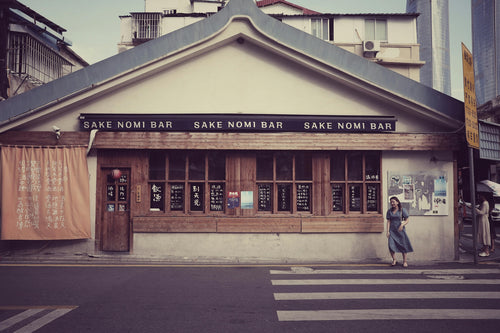
7 Best Japanese Sake Bars in Tokyo
Tokyo is home to some of Japan’s best sake bars, offering both locals and visitors an opportunity to explore the...
-

Top 6 Observation Decks in Tokyo for Scenic Views
Tokyo’s observation decks offer some of the best panoramic views of the city, giving visitors a chance to see th...
-
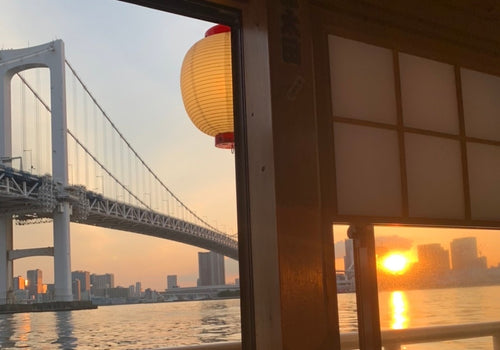
Night Cruises in Tokyo: Enjoy the City Views
Tokyo’s skyline is mesmerizing at any time, but experiencing it from the water on a night cruise adds a magical ...
-

Roppongi Art and Nightlife Guide
Roppongi is one of Tokyo’s most vibrant districts, known for its lively nightlife, sophisticated art scene, and ...
-

Nightlife Guide to Shinjuku Kabukicho
Shinjuku’s Kabukicho district, known as Tokyo’s “Sleepless Town,” is the center of nightlife in Tokyo. Renowned ...
-

6 Best Night View Spots in Tokyo
Tokyo at night is a breathtaking spectacle, with illuminated skyscrapers, iconic landmarks, and bustling streets that...
-

Top 12 Sake Breweries in Japan for Tasting and Tours
Japan’s sake culture is celebrated around the world for its depth, complexity, and rich history. Sake, or nihons...
-

How to Enjoy a Night at a Japanese Izakaya
Japanese izakayas are casual, lively spots where locals gather after work to enjoy drinks, share small plates, a...
-

Exploring Karaoke Culture in Japan: 8 Best Places to Sing
Karaoke is an integral part of Japanese culture, offering a fun and entertaining way for friends, family, and even co...
-

5 recommended bars in Golden Gai
Golden Gai, nestled in the heart of Tokyo’s Shinjuku district, is one of the city’s most iconic bar districts. Known ...
-

10 Japanese Gardens You Should Visit for Tranquility
Japanese gardens are renowned for their beauty, tranquility, and intricate designs that reflect harmony with nature. ...
-

Japan’s Kimono Heritage: Symbolism, Style, and Where to See
The kimono, Japan’s traditional garment, is a beautiful and symbolic representation of Japanese culture. From its int...
-
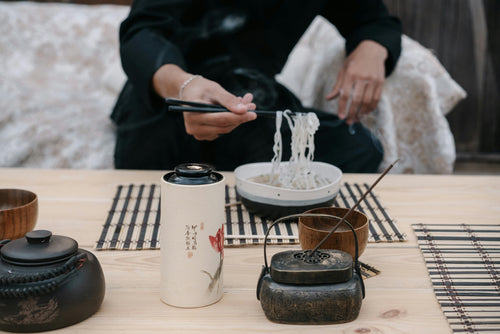
Etiquette Essentials for Visitors to Japan
Japan’s culture is rich in respect, politeness, and consideration, making etiquette an essential part of daily l...
-
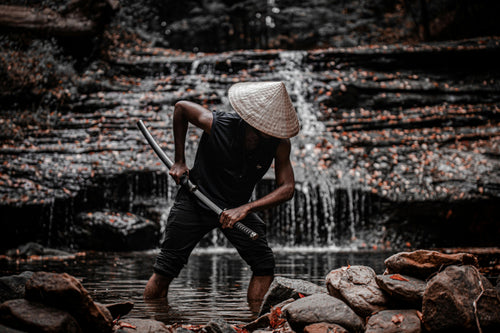
7 Best Places to Discover Japan’s Samurai History
Japan’s samurai history is one of honor, skill, and deep cultural influence, stretching back centuries and leaving an...
-
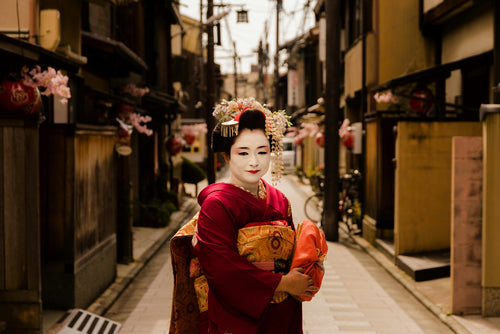
Geisha Culture in Japan: Myths and Realities
The world of geisha, Japan’s skilled performers and keepers of traditional arts, has long intrigued people around th...
-

Japan’s Unique Architecture: Top 8 Traditional and Modern Landmarks
Japan is renowned for its unique blend of ancient architectural heritage and cutting-edge modern designs. From c...
-
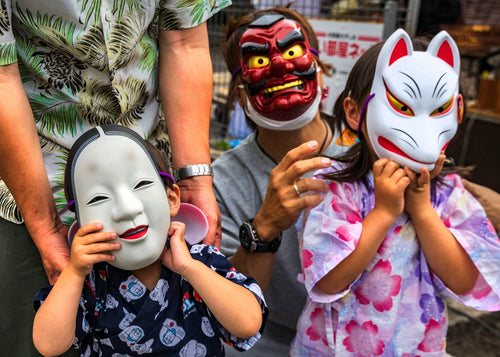
10 Traditional Japanese Festivals (Matsuri) You Can’t Miss
Japanese festivals, or *matsuri*, are vibrant celebrations of cultural heritage, featuring elaborate costumes, l...
-
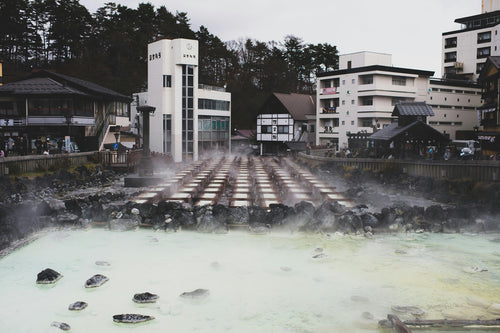
Japan’s Three Great Onsen: A Guide to Famous Hot Springs
Japan is famous for its natural hot springs, or *onsen* (温泉), offering visitors a unique opportunity to relax and rej...
-
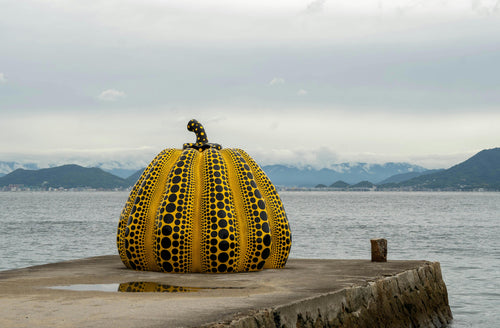
Japanese Art Exploration: Best Spots to Enjoy Art in Japan
Japan is a country rich in artistic heritage, from centuries-old traditional crafts to modern, innovative instal...
-
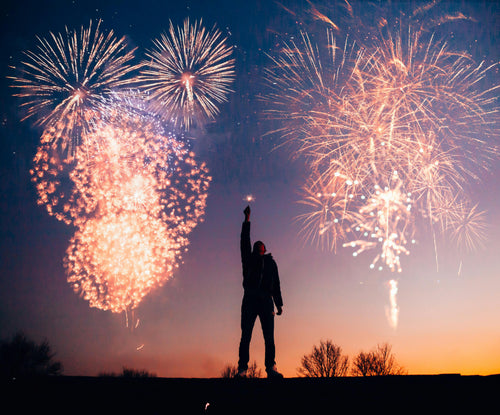
Guide to Japan’s Fireworks Festivals: When and Where to Go
Japan’s summer fireworks festivals, known as "hanabi taikai" (花火大会), are among the most anticipated events in th...
-
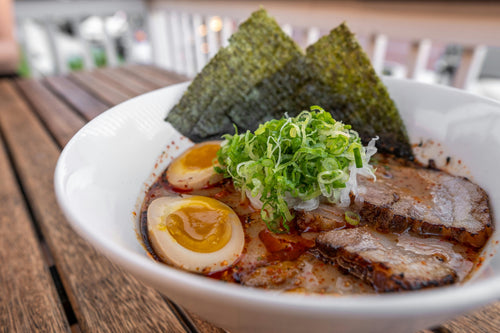
Where to Experience Ramen-Making Classes in Japan
Ramen is one of Japan’s most beloved dishes, with countless regional styles and flavors that attract food lovers from...
-

UNESCO World Heritage Site Tour Guide in Japan
Japan is home to numerous UNESCO World Heritage Sites, each offering a glimpse into the country’s rich cultural herit...
-

5 Famous Japanese Castles: History and Highlights
Japan is home to some of the most beautiful and historically significant castles in the world. Built during the feuda...
-
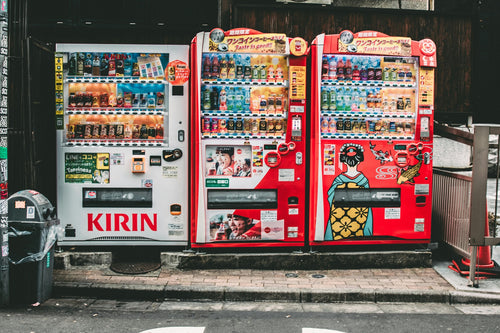
10 Unique Drinks to Try from Japanese Vending Machines
Japan is famous for its vending machines, offering an incredible variety of drinks that go beyond just soft drinks an...
-
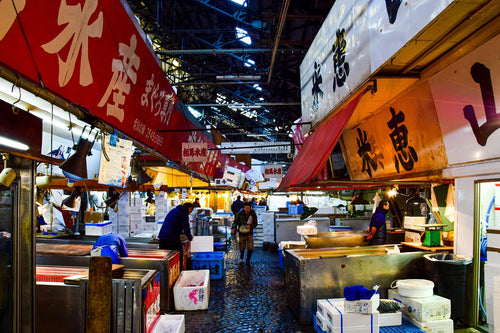
Tokyo Market Guide: Exploring Tsukiji and Toyosu Markets
Tokyo's Tsukiji and Toyosu Markets are must-visit spots for food lovers and anyone interested in Japan’s rich culinar...
-
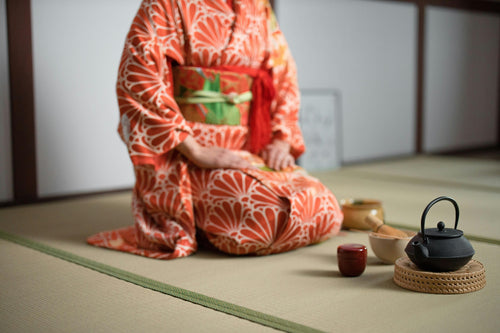
Experiencing Traditional Tea Ceremony in Tokyo
The Japanese tea ceremony, or "chanoyu," is a cultural experience steeped in tradition, aesthetics, and mindfulness....
-
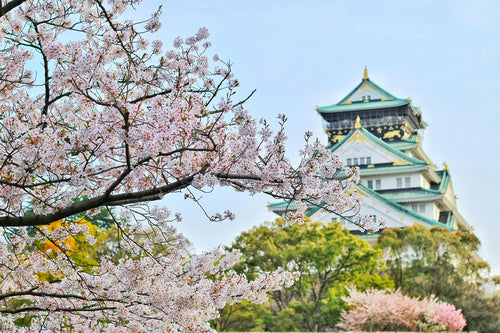
Top 7 Cherry Blossom Viewing Locations in Tokyo
Springtime in Tokyo is synonymous with the cherry blossom season, a breathtaking period when the city’s parks, rivers...
-

What is Onsen? A Guide to History, Benefits, and Etiquette
Onsen, Japan’s cherished hot spring culture, offers a unique blend of relaxation, scenic beauty, and deep-rooted trad...
-
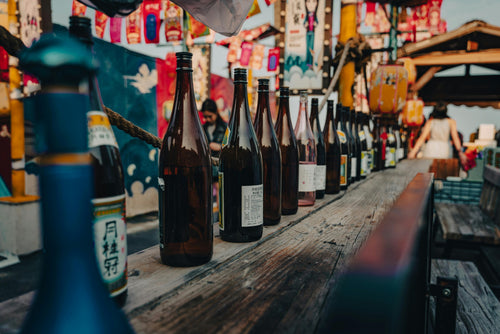
What is Sake? Its Production Method and History
Sake is a traditional Japanese alcoholic beverage made from fermented rice. It has been enjoyed in Japan for over a t...
-

8 hot springs with beautiful scenery near Tokyo
Tokyo is a bustling metropolis, but just outside the city are some of Japan's most serene hot springs, or onsens, off...
-

Top 10 museum to visit in Tokyo
Tokyo is home to a diverse range of museums that cater to all interests, from art and history to technology and pop c...
-
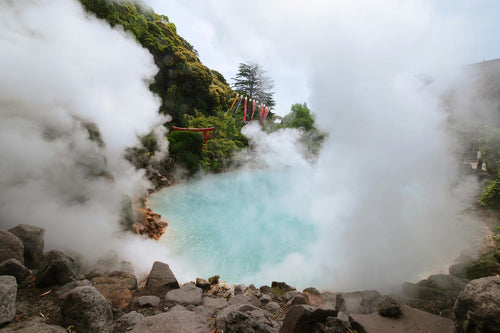
9 Best Hot Spring and Bathhouse in Tokyo
Tokyo is known for its vibrant urban energy, but it's also a fantastic place to relax and rejuvenate in hot springs (...
-
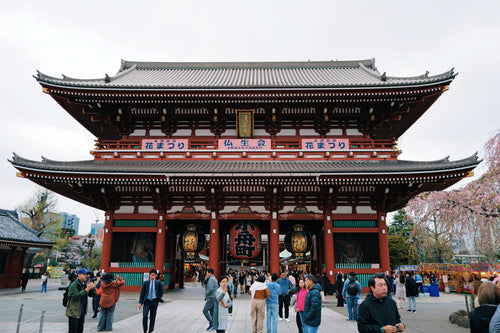
15 Famous Temples and Shrines to Visit near Tokyo
Tokyo and its surrounding areas are home to many famous temples and shrines that showcase Japan's rich spiritual and ...









































